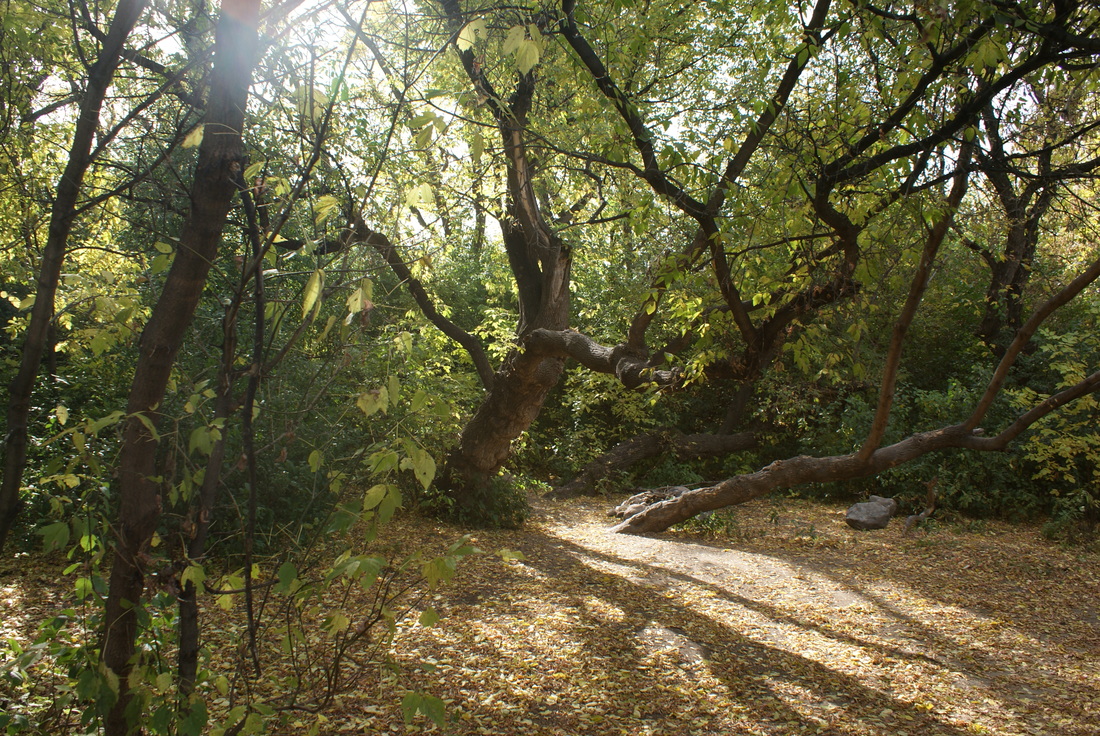|
photo credit By SriMesh (Own work) [CC BY-SA 3.0 (http://creativecommons.org/licenses/by-sa/3.0) or GFDL (http://www.gnu.org/copyleft/fdl.html)], via Wikimedia Commons
Manitoba Maple (Acer Negundo) Box Elder it is critical and in many ways the “GREAT WORK “ of our time to find ways to restore ecological function on a planetary scale John Liu This tree is a member of the maple tree family and is native to North America Because it is a moisture loving plant, in the prairie biome, it grows on flood plains, in riparian zones, by rivers and where the ground water is high. It can grow i a wide variety of soil types and tolerate light shade especially when being established. The Manitoba Maple tree supports a variety of insects such as the Box Elder gall midge and the Box Elder bug. Gall insects provide vital protein insects during the harshness of winter to birds like the Ruffled grouse that overwinter. The seeds persist on the tree during the winter providing winter food to many birds and small mammals. This is an important tree for the finch, the Evening Grosbeak. It is believed that the planting of the Manitoba Maples has caused the range of this bird to extend far east of its original range. Large Manitoba Maples provide nesting sites for songbirds especially for the Cerulean Warbler. Deer and rabbits browse on leaves and twigs. Even turtles feed on fallen leaves where trees overhang bodies of water. This tree was used by native Americans. The Sioux and the Cree tapped its sap to make syrup. The Cheyenne used the wood to make bowls and the Dakota and Omaha people made the wood into charcoal The wood of this tree breaks easily so it is not used for building or for furniture. It is a fast growing tree and is grown for shelter belts where it prevents soil erosion and protects livestock from wind and snow. It is being considered for use as fiberboard Trees play a vital ecological role on earth. Not only do they provide habitat and food for wildlife, but they provide the oxygen we breathe. Through transpiration, they play a major role in the formation of clouds. Clouds are vital for production of rainfall. The loss of trees and forests is one the reasons deserts are forming. Trees sequester carbon and the clouds they produce, reflect back some of the sun’s rays, cooling the earth and protecting it from global warming. Growing trees beside a ditch, stream or water body protects that water from agricultural pollutants such as chemical pesticides,herbicides, nitrogen and phosphorus. A forest buffer beside a water body has been shown to be the most effective and cheapest way to keep nitrogen and phosphorus out of major water bodies. Understanding the vital roles that trees play, help us to treasure and revere trees. For what can be more valuable that the air we breathe and the water we drink http://www.illinoiswildflowers.info/trees/plants/box_elder.htm#insects https://en.wikipedia.org/wiki/Evening_grosbeak https://en.wikipedia.org/wiki/Acer_negundo http://animaldiversity.org/accounts/Boisea_trivittata/ http://www.cfs.nrcan.gc.ca/bookstore_pdfs/12155.pdf http://www.naturenorth.com/winter/grouse/Frgrse.html http://www.sgiquarterly.org/feature2015jan-4.html http://blog.cifor.org/22060/report-forests-may-play-bigger-role-in-rainfall-than-estimated#.VaPsBUtYVuY http://www.forestclimate.org/desert.html
2 Comments
Jaron
7/20/2022 08:56:39 pm
Thank you for sharing this information. I agree that a strong relationship with trees is integral in ensuring our home remains a habitable ecosystem.
Reply
3/24/2023 06:40:22 am
Nice read. I too have a love for this tree. I believe it has great value as a keystone species as it is one of a few trees that are quick to colonize a area. Due to the trees absorption of water into its branches it has a tendency to have one or more of its main trunks fall to the ground thus creating conditions for the biodiversity of the forest life to come forward as fungi, molds and the various insects within the area. In doing this it enhances the development and growth of nearby trees that would have found the soils difficult. You really have to admire a tree that can tolerate such a variety of growing conditions.
Reply
Leave a Reply. |
CategoriesAuthorManitoba is where I was born and where I have spent most of the five and one half decades of my life. I lived on the outskirts of the town of Portage La Prairie at a time when tadpoles and frogs inhabited the ditches and ponds, when there were many Monarch butterflies each summer along with dragon flies and grasshoppers. Redwing blackbirds perched the cattails of the ditches. As children we picked dandelions for bouquets and made wishes before blowing dandelion seed heads. We searched clover for lucky four leaves and rolled on the grass…there was no concern of poisonous herbicides. The grass was thick. Wherever we dug…there were earthworms Archives
September 2015
|
Photo used under Creative Commons from wackybadger

 RSS Feed
RSS Feed
